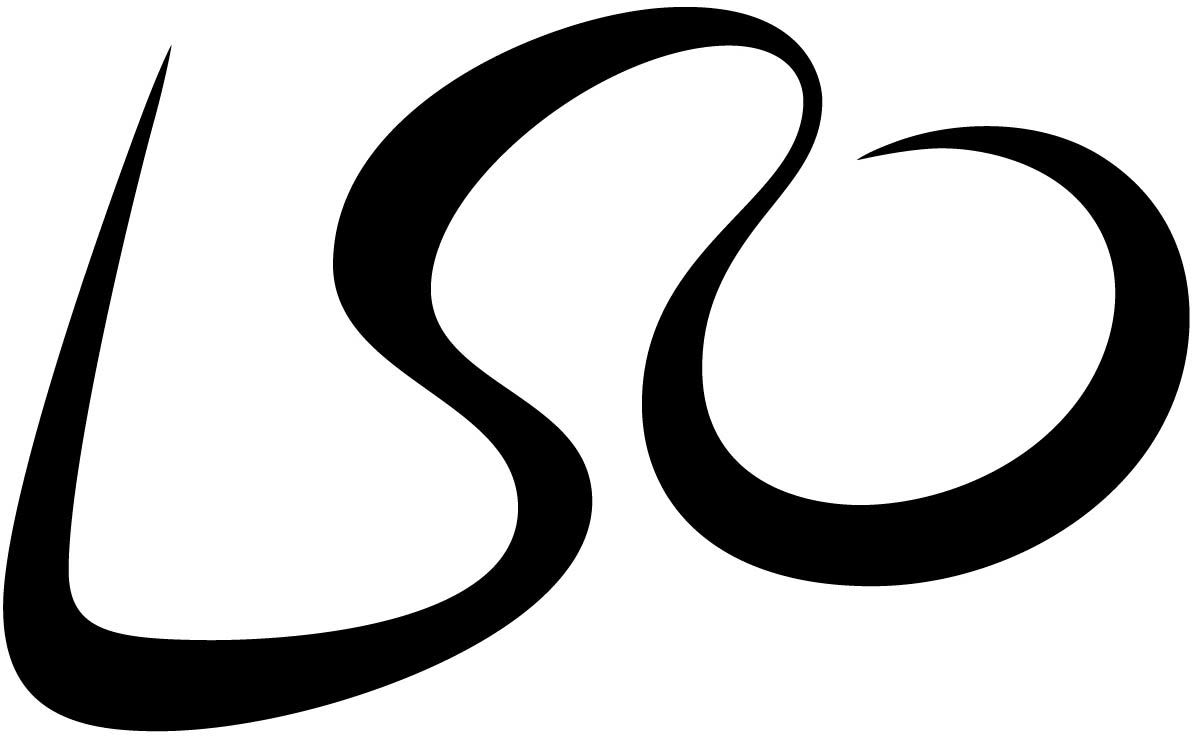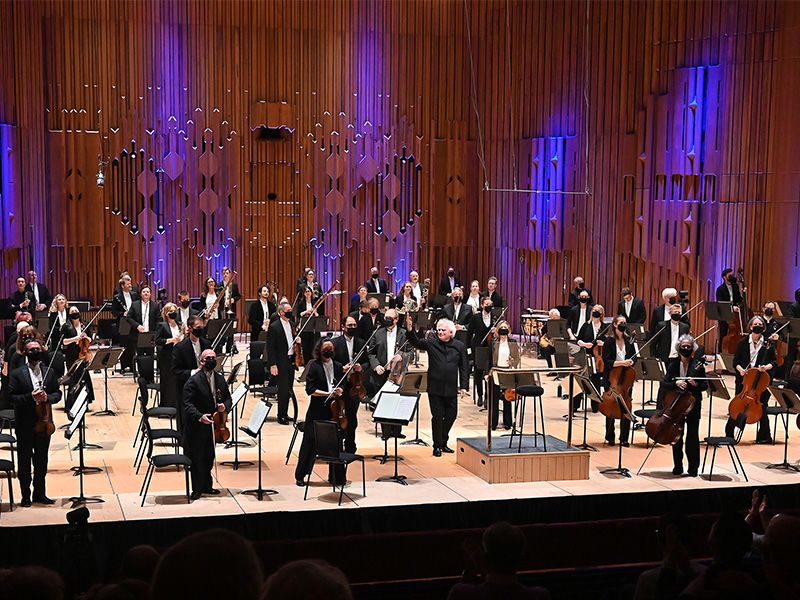LSO Half Six Fix
Beethoven's Fifth
Digital Concert Guide
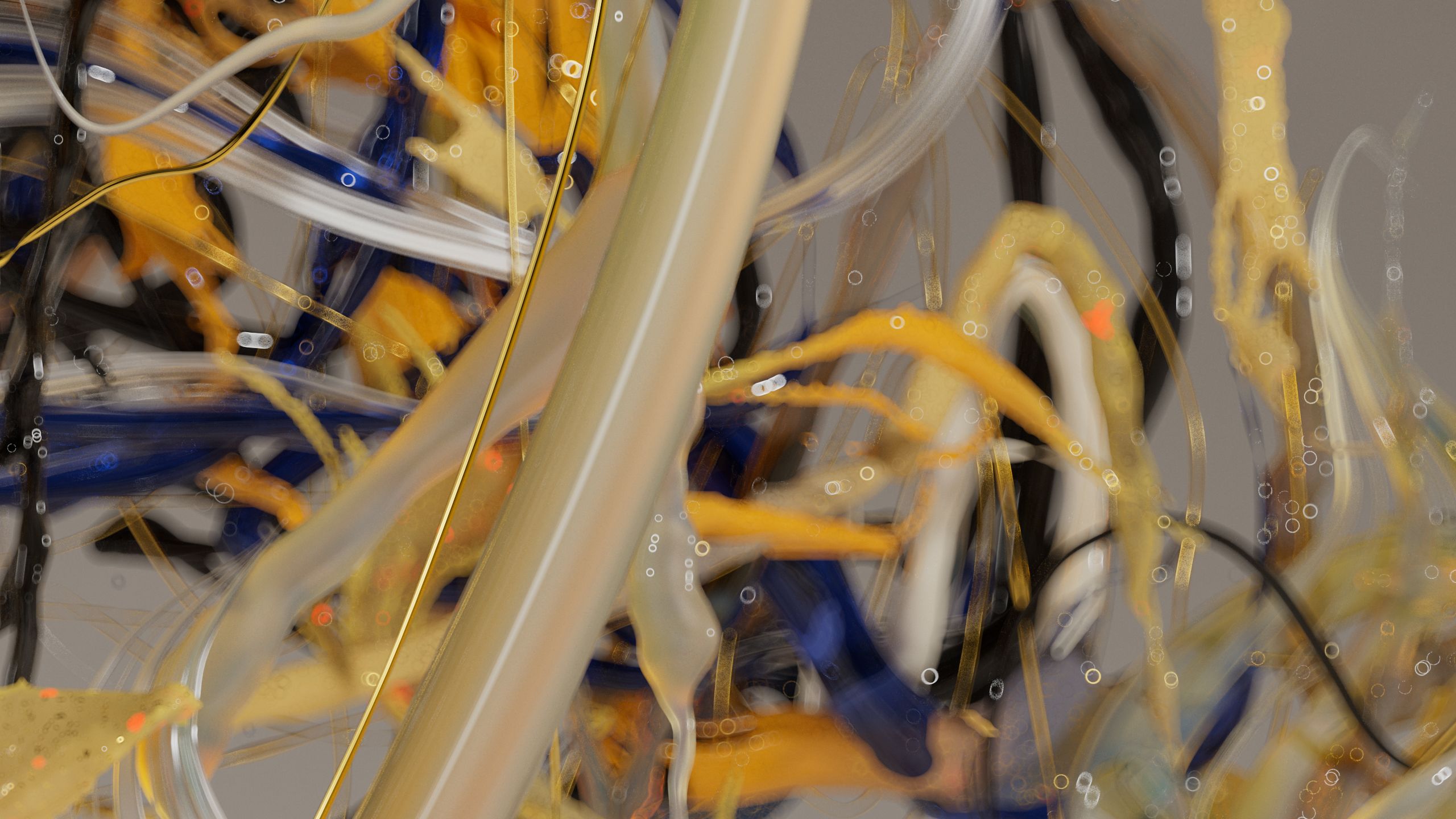
THE CONCERT
Wednesday 15 February 6.30pm
Ludwig van Beethoven Symphony No 5
François-Xavier Roth conductor & presenter
London Symphony Orchestra
USING YOUR DIGITAL CONCERT GUIDE
- Navigate using the menu icon (≡) at the top of the screen.
If you're using this guide while enjoying the concert:
- Connect to the Barbican Free WiFi network in the Concert Hall.
- Please set your phone to silent and don't use other apps during the music.
Welcome to tonight's Half Six Fix, a different way to experience the London Symphony Orchestra.
In tonight's concert, we present the most iconic sounds in orchestral music – a musical adventure of a lifetime. Beethoven's Fifth Symphony is an all-consuming human drama filled with tragedy, tranquillity and blazing triumph.
Ludwig van Beethoven
Symphony No 5 in C minor Op 67
✒️1804–08 | ⏰35 minutes
1 Allegro con brio
2 Andante con moto
3 Scherzo: Allegro
4 Allegro – Presto

Da-da-da DAH! Those four opening notes of Ludwig van Beethoven’s Fifth Symphony form probably the most famous beginning of any piece in the history of Western Classical music. Even if you prefer Motörhead to Mozart or Beyoncé to Brahms, chances are you’ve heard these notes before, making Beethoven’s Fifth more than a symphonic masterpiece – it’s a cultural icon.
But what’s so special about those four notes? Why obsess about them? Well, because that’s what Beethoven did. Unlike in his previous four symphonies, which all open (more or less) with some sort of tune, in the Fifth Symphony, from the start, it’s all about the rhythm. These four hammered notes (actually four notes preceded by a ‘missing’ note, or a ‘rest’) are stamped across the entire first movement. Even when we hear the ‘second theme’ (after a dramatic horn fanfare), where an actual tune starts to emerge, it is almost immediately infected by that incessant da-da-da DAH rhythm – and then the same incessant rhythm continues to drive the rest of the movement, whether as a suggestion in the background or as an expression of anger and anguish fit for a battle of the gods.
There’s a momentary ceasefire – a breath-taking oasis of calm – for a brief, delicate oboe solo, but then the persistent rapping continues. It’s no surprise that Beethoven’s assistant and first biographer, Anton Schindler, described that four-note motto as ‘Fate knocking at the door’.
Contrary to the claim by Beethoven’s assistant, Anton Schindler, that the famous four-note opening of the Fifth represented ‘Fate knocking at the door’, a pupil and friend of Beethoven, Carl Czerny, reckoned that the opening pattern came from the song of the yellowhammer, which Beethoven had heard while out walking in a park.
The second movement is more lyrical, but serious in purpose, and is based on two closely related themes, followed by elaborated versions (or variations). The irregular ‘dotted’ rhythm allows scope for some military-flavoured, heroic music, but there are moments of grace and majesty.
The third movement opens with cellos and double basses swirling in the ghostly depths, a sound-world rarely conjured in earlier symphonies. Soon the horns are blaring out a theme, sounding out that four-note motto from the first movement. In the contrasting middle section, a fast, cool theme in cellos and basses shoots upwards, and is copied by other instruments rising up through the orchestra. The ghostly theme from the beginning returns, but this time the horns’ theme becomes a hushed, macabre dance on pizzicato (plucked) strings.
Quincy meets Beethoven
'This music is so radical and so modern. I can imagine that, many years after Beethoven’s Fifth Symphony, another great musician, Quincy Jones, wrote a continuation of the beginning of the symphony.’

The final movement starts with a dark rumble (double basses and timpani) … and the first violins hesitantly experiment with the movement’s opening swirling theme. This is the start of what the writer David Cairns has called the ‘long dark tunnel’. This eventually emerges (without a break) into the joyful, triumphant finale, a blaze of glory – every bit as visceral and rousing as the first movement. This is the climax of a darkness-to-light scenario that arches over the entire Symphony, a triumph so hard-won that the final chords of victory seem reluctant to let go at the end.
The first Fifth
The first performance of the Fifth Symphony was at a huge benefit concert for Beethoven in Vienna on 22 December 1808. Also premiered in that historic four-hour winter concert was Beethoven’s Fourth Piano Concerto and ‘Choral’ Fantasy, as well as his ‘Pastoral’ Symphony No 6 (which you can hear at the Half Six Fix on 24 May).
Ludwig van Beethoven
1770 (Germany) to 1827 (Austria)
In his early twenties, Beethoven left his native Bonn for Vienna, where he became established as a composer, piano virtuoso and improviser of great ability. Largely following the Classical models of Haydn and Mozart in his ‘early’ period, he recognised signs of his impending deafness as early as 1796. In 1802, he revealed his suffering and alienation, his thoughts of suicide and his creative resolve in his Heiligenstadt Testament, a letter he wrote to his brothers.
His ‘middle’ period was characterised by a broadening of form and an extension of harmony to suit his proto-Romantic expression, spawning the Symphonies Nos 2 to 8, notable piano sonatas, several string quartets and his only opera, Fidelio. He produced less music in his ‘late’ period (from 1813) but his last years saw his mould-breaking ‘Choral’ Symphony No 9, and an exploration of increasing profundity in the more intimate mediums of the string quartet and piano sonata.
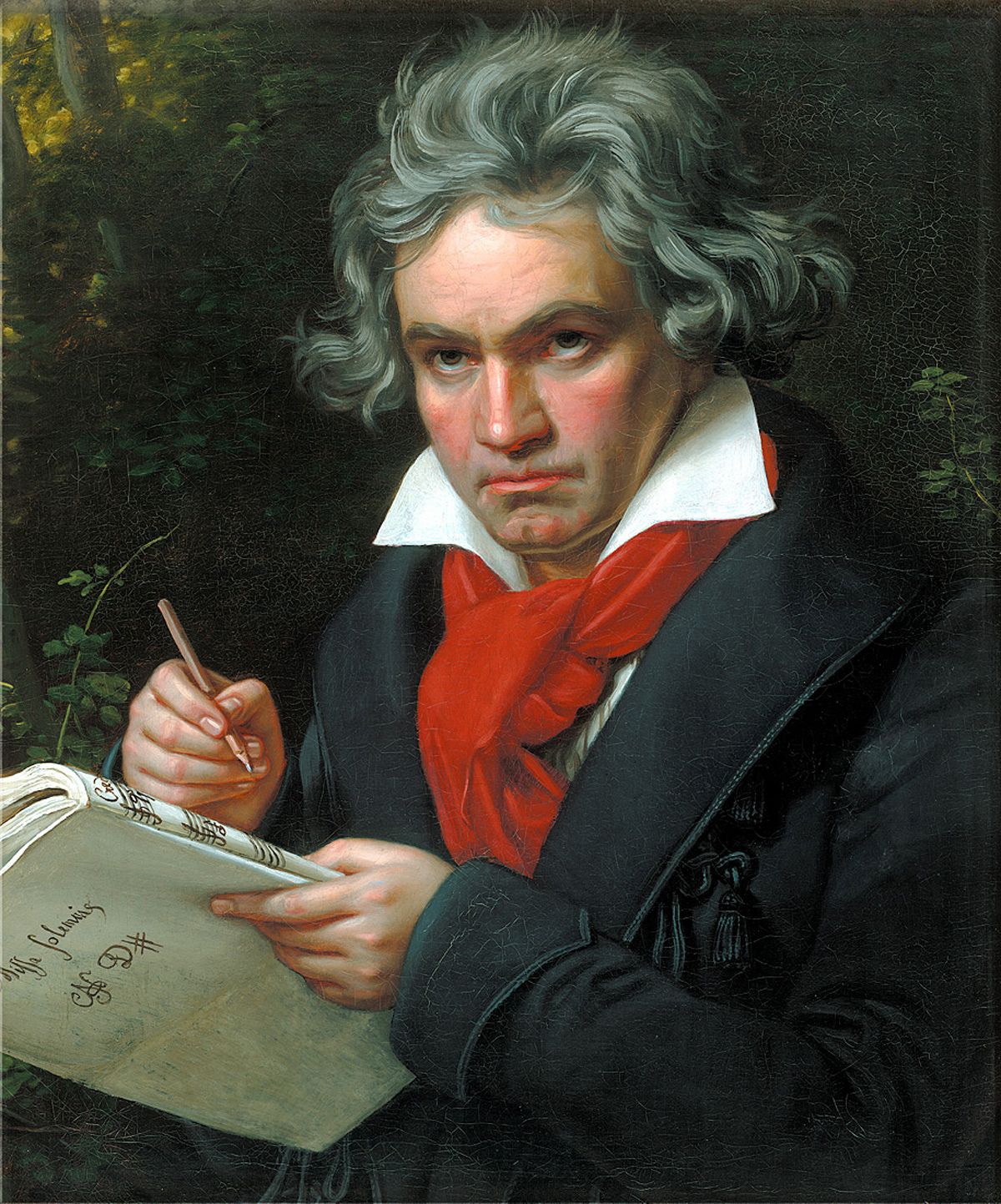
The Performers

François-Xavier Roth
LSO Principal Guest Conductor
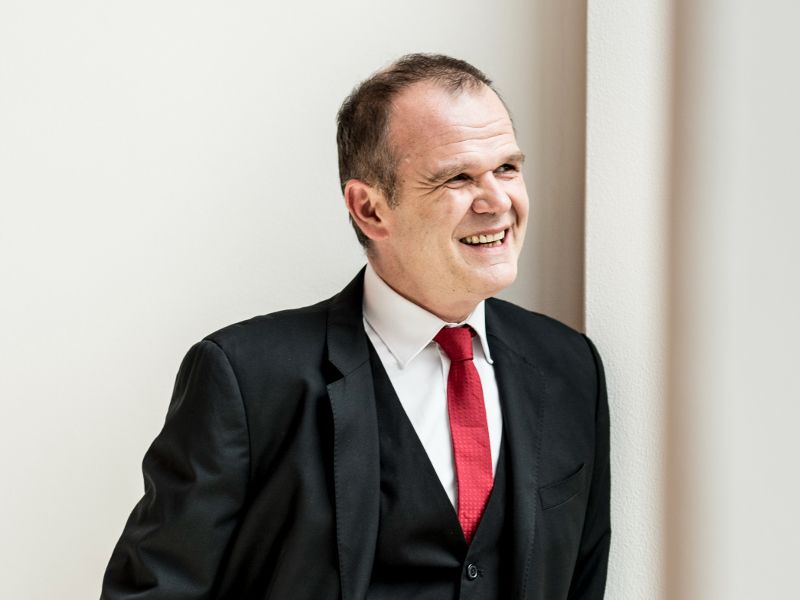
François-Xavier Roth is one of today’s most imaginative conductors and programmers, whether in his roles as General Music Director of the City of Cologne and founder of Les Siècles, or with leading orchestras such as the London Symphony Orchestra, of which he is Principal Guest Conductor. A born communicator, he is a charismatic and persuasive advocate for classical music of every description.
In Cologne, where he has directed both the Gürzenich Orchestra and the Opera since 2015, his programming is notable for its breadth and depth, including new commissions alongside Baroque and Romantic music. Roth upholds the orchestra’s pioneering heritage, which includes having given the world premieres of Mahler’s Third and Fifth Symphonies, the Brahms Double Concerto, Strauss’ Don Quixote and Till Eulenspiegel, and Bernd Zimmermann’s Die Soldaten. For Cologne Opera he has led new productions of Benvenuto Cellini, The Marriage of Figaro, Don Giovanni, Tannhäuser, Hänsel und Gretel, Tristan und Isolde, Salome, Faust and Béatrice et Bénédict.
His sense of musical exploration led him in 2003 to found Les Siècles, which performs contrasting programmes on modern and period instruments, often within the same concert. Together, they have toured Europe, China and Japan, appearing at the Berlin Musikfest, BBC Proms and Enescu festivals. Projects have included recreating the original sound of Stravinsky’s The Rite of Spring, in collaboration with the Pina Bausch and Dominique Brun dance companies, and performing the cycle of Beethoven’s symphonies at the Palais de Versailles and around France for the composer’s anniversary year, a project curtailed by the pandemic. In 2019 Les Siècles became resident orchestra of Atelier Lyrique de Tourcoing, where Roth is also Artistic Director. In 2022 they embark upon their new residency at Théâtre des Champs-Élysées.
Roth has premiered works by Georg-Friedrich Haas and Hèctor Parra, and collaborated with composers such as Pierre Boulez, Wolfgang Rihm, Jörg Widmann, Helmut Lachenmann and Philippe Manoury. Roth was joint winner of the Donatella Flick LSO Conducting Competition in 2000, becoming Assistant Conductor with the LSO and working with the Orchestra every year since. He has a leading role in the LSO Panufnik Composers Scheme.
Engagement with new audiences is an essential part of Roth’s work, whether speaking from the podium or working with young people and amateurs. With the Festival Berlioz and Les Siècles, he founded the Jeune Orchestre Européen Hector Berlioz, which has its own collection of period instruments and last year performed Les Troyens à Carthage in Berlioz’s birthplace. In Cologne he has initiated a community orchestra and his Ohrenauf! youth programme was recipient of a Junge Ohren Produktion Award. His television series Presto! attracted weekly audiences of over three million in France.
His prolific discography includes the complete tone poems of Richard Strauss, Stravinsky ballets, Ravel and Berlioz cycles, Bruckner, Mahler and Schumann symphonies, and albums commemorating Debussy’s centenary. He was awarded the German Record Critics’ Honorary Prize 2020, the youngest conductor ever to receive it. For his achievements as musician, conductor, music director and teacher, François-Xavier Roth was made a Chevalier of the Légion d’honneur.

London Symphony Orchestra
At the London Symphony Orchestra we strive to inspire hearts and minds through world-leading music-making. We were established in 1904, as one of the first orchestras shaped by its musicians.
Through inspiring music, a world-leading learning and community programme and technological innovations, our reach extends far beyond the concert hall.
On Stage
Leader
Carmine Lauri
First Violins
Clare Duckworth
Ginette Decuyper
Laura Dixon
Maxine Kwok
Alix Lagasse
William Melvin
Claire Parfitt
Csilla Pogany
Sylvain Vasseur
Sabrina Bradford
Morane Cohen-Lamberger
Second Violins
David Alberman
Thomas Norris
Miya Väisänen
Matthew Gardner
David Ballesteros
Belinda McFarlane
Iwona Muszynska
Andrew Pollock
Paul Robson
Chelsea Sharpe
Violas
Jano Lisboa
Gillianne Haddow
Malcolm Johnston
Germán Clavijo
Steve Doman
Robert Turner
Lander Echevarria
Jill Valentine
Cellos
Rebecca Gilliver
Laure Le Dantec
Alastair Blayden
Eve-Marie Caravassilis
Amanda Truelove
Daniel Gardner
Double Basses
Enno Senft
Matthew Gibson
Thomas Goodman
Joe Melvin
Chaemun Im
Flutes
Gareth Davies
Chloé Dufossez
Piccolo
Sharon Williams
Oboes
Olivier Stankiewicz
Henrietta Cooke
Clarinets
Chris Richards
James Gilbert
Bassoons
Rachel Gough
Joost Bosdijk
Contra Bassoon
Gareth Twigg
Horns
Timothy Jones
Jonathan Maloney
Olivia Gandee
Mark Bennett
Trumpets
Chris Avison
Adam Wright
Trombones
Peter Moore
Andrew Cole
Bass Trombone
Paul Milner
Timpani
Nigel Thomas
Delve deeper into the music featured in our Half Six Fix series and discover some related listening recommendations with our Apple Music playlist.
Explore more music by the London Symphony Orchestra on Apple Music.

